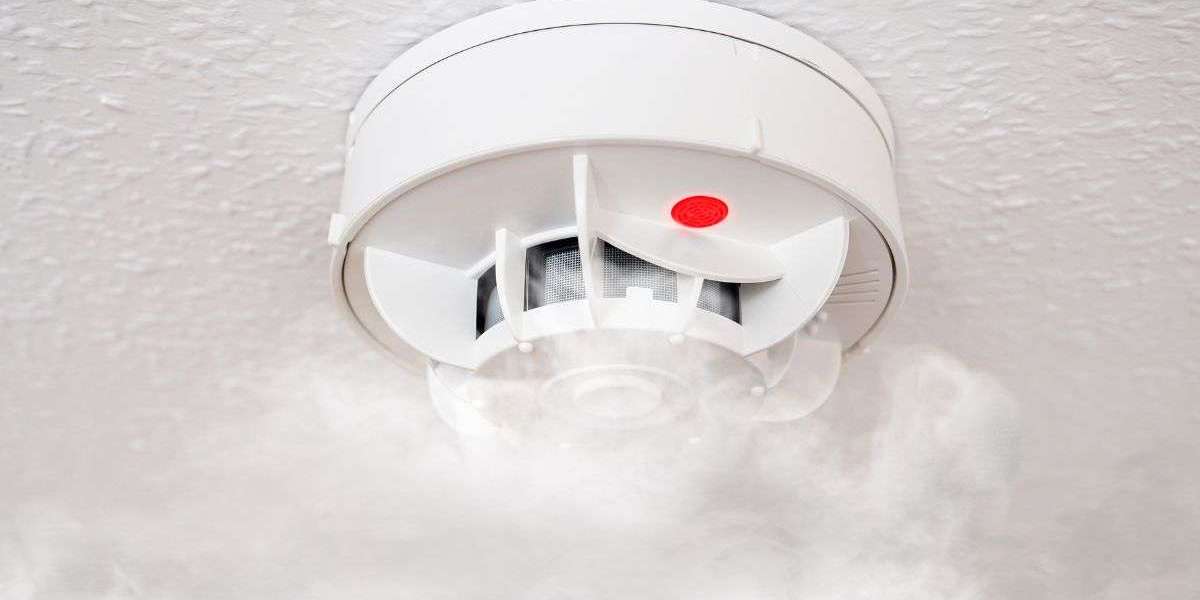I'll never forget the night I accidentally set off my smoke alarm while cooking a late-night snack. The shrill sound filled the house—and while it was inconvenient at the time, it gave me comfort too. That ear-splitting noise meant my smoke detectors were doing their job. But what if it hadn’t gone off? That’s the real worry—and it’s why regular testing and maintenance are crucial.
It’s not enough to install a smoke detector and forget about it. Like any safety system, it needs occasional upkeep to make sure it performs when you need it most.
Why Testing Matters
Smoke detectors don’t go off often—and that’s a good thing. But their silence can be deceptive. Batteries die, sensors age, and dust buildup can all reduce the detector’s sensitivity. Without regular checks, you might not realise it’s failed until it’s too late.
That’s why experts recommend testing your smoke detectors at least once a month. It takes just a few seconds and could save your life.
How to Test Your Smoke Detector Properly
Here’s a simple step-by-step guide to ensure your alarm is working as it should:
- Press the test button: Most smoke alarms have a clearly marked button. Hold it down for a few seconds until you hear the loud, continuous beep.
- Use a broom handle if needed: For high ceilings, use something long to press the button safely.
- Listen for the sound: A strong, uninterrupted alarm indicates it's functioning. If the sound is weak or doesn’t activate, replace the battery or the unit.
- Notify others first: Let people in the house know you're testing to avoid any panic.
Note: Some advanced detectors may have a built-in testing sequence or app integration—check the user manual for specifics.
Monthly Testing Checklist
- Test alarm using the test button
- Check for battery life warnings (chirping sounds)
- Inspect for dust, cobwebs, or debris around the sensor
- Ensure it hasn’t been tampered with or removed
- Confirm it’s securely mounted to the ceiling or wall
Maintaining Your Smoke Detectors
Testing is only part of the equation. Maintenance ensures your detector continues to perform reliably over its full lifespan.
Here’s what regular maintenance looks like:
- Vacuum the vents: Every 6 months, gently vacuum around the unit to remove dust and cobwebs. Avoid using sprays or cleaners.
- Replace batteries: For replaceable-battery models, swap out batteries once a year or sooner if you hear warning chirps. For sealed long-life models, no battery change is needed—but still test monthly.
- Avoid painting over units: This can block sensors and render the device ineffective.
- Replace after 10 years: Even if it seems to work, the sensor can degrade over time. Check the manufacturing date on the back of the unit.
When Something Seems Off
If your smoke alarm:
- Becomes overly sensitive (going off every time you toast bread), it might need repositioning.
- Stays silent during testing, even with a new battery, it’s time to replace it.
- Chirps randomly, it could be a battery warning or a sign of internal failure.
When in doubt, don’t ignore it—your alarm is trying to tell you something.
Final Word
Smoke detectors are a quiet guardian in your home—until you need them. But they can only protect you if they’re in working order. With regular testing and simple maintenance, your smoke detectors will be ready to respond the moment a real threat arises. A few minutes a month is a small price to pay for life-saving peace of mind.

